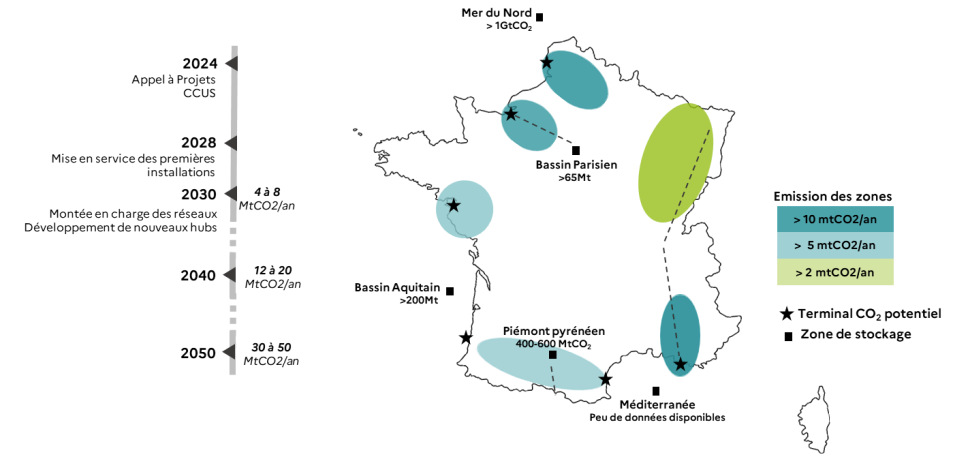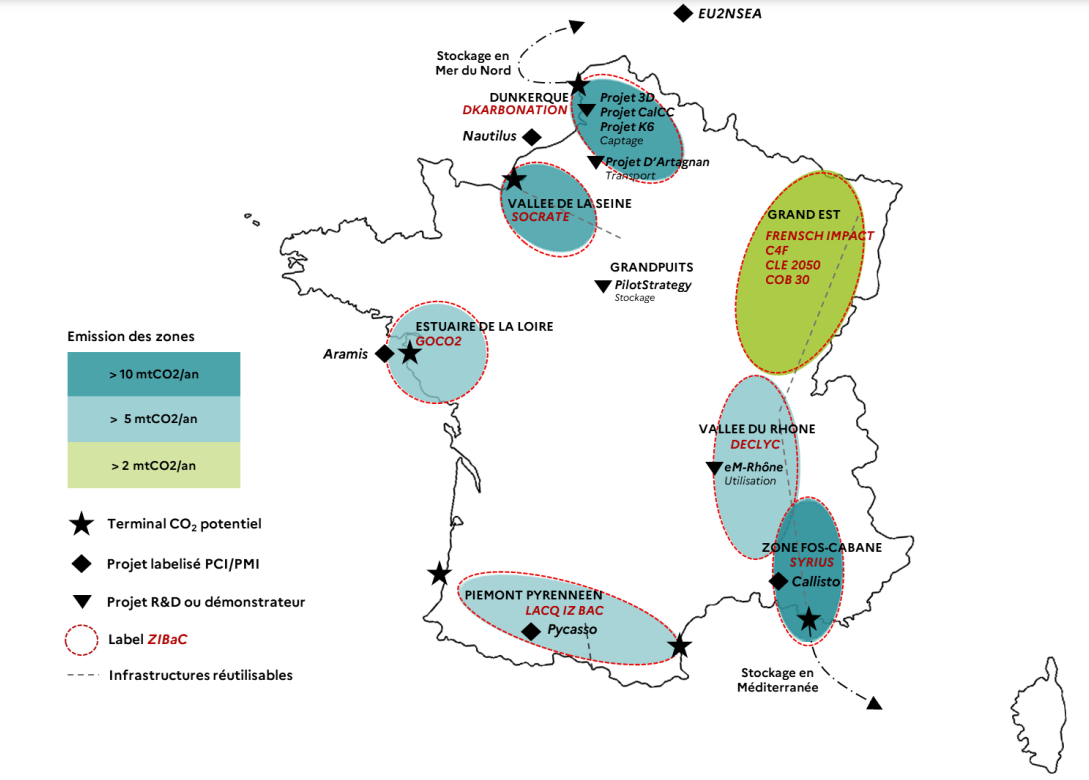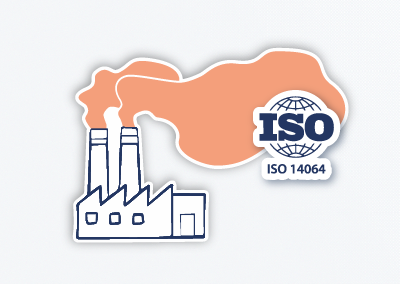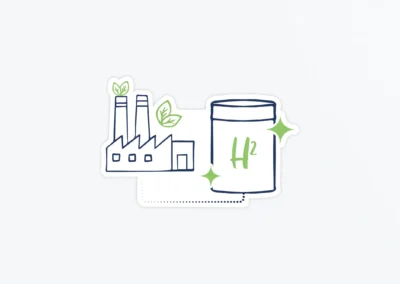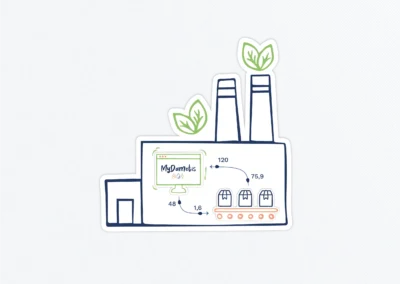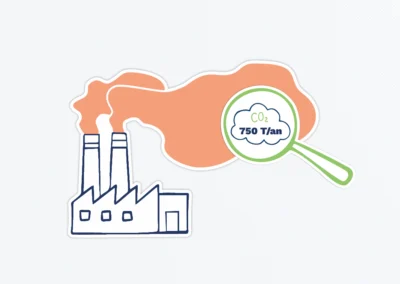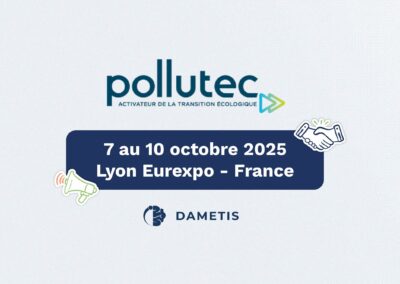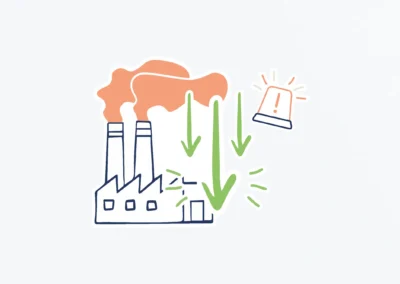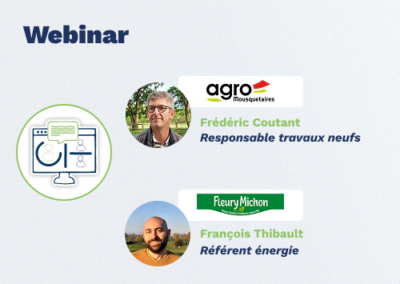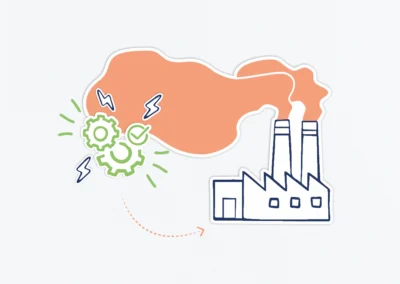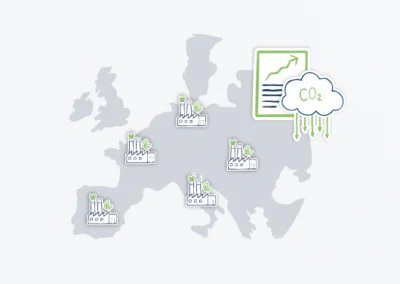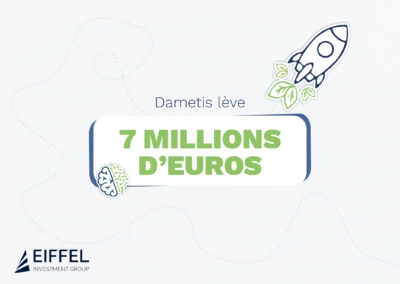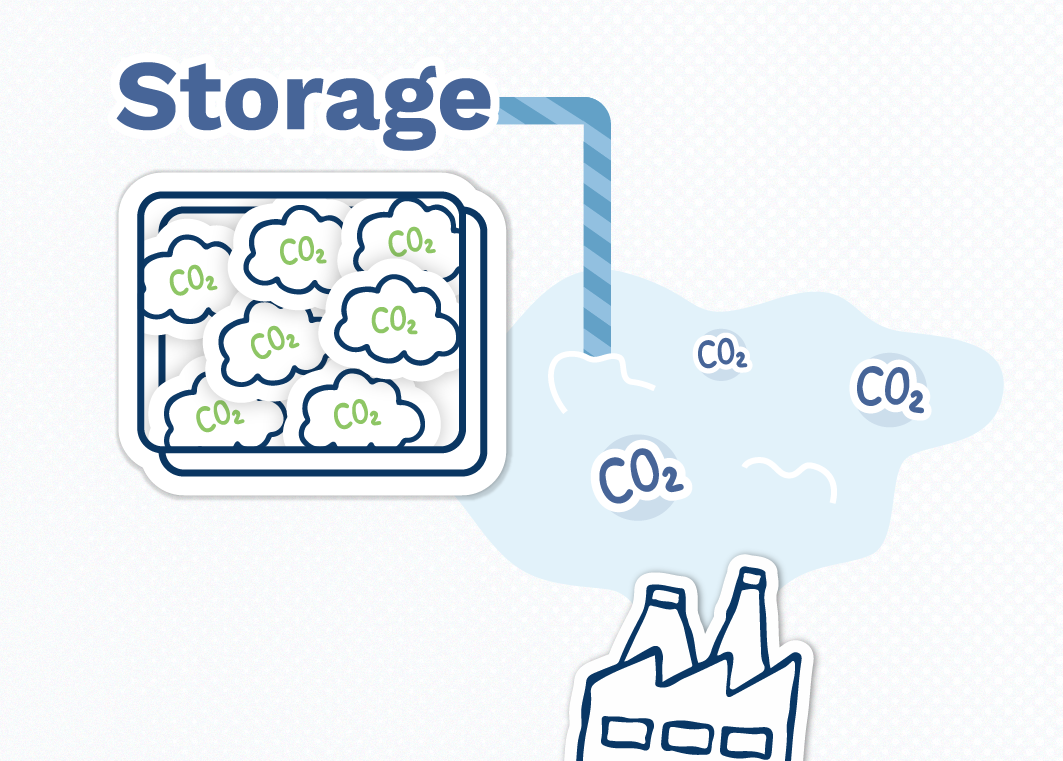
CCUS Strategy and CO2 Capture: Where Does France Stand?
What is CCUS?
The term CCUS refers to the English acronym “Carbon Capture, Utilisation and Storage.” It involves a series of technological solutions to:
- Capture CO2, primarily from industrial emission sites, concentrate it, and then
- Either store it, for example, in fossil fuel fields whose exploration and production are completed
- Or use it, when valorization of this CO2 is possible, as an input to produce products (e-fuels produced from hydrogen and CO2, production of plastics, concrete, etc.)
I want to decarbonize my industry.
Strictly speaking, we should even talk about CCTUS (Carbon Capture, Transport, Utilisation and Storage). Since storage or utilization sites are most often distant (or very distant) from emission areas, the issue of CO 2 transportation via pipelines or ships is central to the process.
Finally, “CCS” (Carbon Capture and Storage) is more commonly used when no utilization/valorization route is identified. In this case, the captured carbon is stored.
CCUS technologies are a lever for decarbonization. In this sense, they are an integral part of scenarios to achieve carbon neutrality by 2050 as committed by the European Union.
-10%
Reducing greenhouse gas emissions through CCUS by 2050 globally
Source: AIE
An important point is that CCUS is not intended to replace efforts to reduce greenhouse gas emissions. This is a clearly stated position by the French authorities who believe that “CCUS is not a technology to maintain ‘business as usual’: it should only intervene for residual, unavoidable emissions in the absence of other economically accessible solutions.¹ »
¹ “CCUS Strategy”, document submitted for consultation with industrialists in June 2023
At least initially, CCUS targets activities for which there are no decarbonization alternatives in the medium term. These include industrial activities such as cement production, chemistry, metallurgy, etc.
The French strategy is now known
-5% to -10%
The potential reduction in industrial emissions in France by 2030 thanks to CCUS
Source: Ministry of Economy, Finance, and Industrial and Digital Sovereignty
In July 2024, the Ministry of Economy, Finance, and Industrial and Digital Sovereignty published a status report and future prospects for CCUS deployment in France. This document sets out the French strategy and ambitions in this area.
The French CCUS strategy is based on three distinct deployment phases:
- 2025-2030: Initial deployments leading to the development of two to four CCUS hubs (each capturing 1.5 to 4 MtCO2/year) in industrial areas such as Dunkirk, Fos-sur-Mer, Le Havre, Saint-Nazaire, or the Rhône corridor
🡺 Target: 4 to 8 MtCO2/year captured
- 2030-2040: Development of underground storage and CCS networks, allowing capture to extend to other geographic areas (Paris Basin, Mediterranean, or Pyrenees foothills) and other sectors (e.g., waste incineration)
🡺 Target: 12 to 20 MtCO2/year captured
- 2040-2050: Development of a national and European CO2 infrastructure network to capture all residual emissions from the highest-emitting industrial sites to achieve carbon neutrality by the end of the period
🡺 Target: 30 to 50 MtCO2/year captured
Detailed trajectory of CO2 capture in France
Source: Ministry of Economy, Finance, and Industrial and Digital Sovereignty
To achieve these objectives, the authorities are already relying on several mechanisms:
- Support for R&D, notably through the “Supporting Innovation to Develop New Industrial Processes with High Decarbonization” (SPLEEN) program with €35 million.
- Support for conducting studies in Low Carbon Industrial Zones (ZIBaC) under the France 2030 call for projects to facilitate final investment decisions.
- The European Innovation Fund which supports 26 European CCUS projects, including 3 in France.
CCUS: Where do we stand practically?
These initial support mechanisms have led to the emergence of several CCUS projects in France.
Deployment map of various CCUS projects in France
Source: Ministry of Economy, Finance, and Industrial and Digital Sovereignty
For example, we can mention the K6 program aiming to capture emissions from the Equiom cement plant (producing 800,000 tons of cement annually) and the CalCC project from lime producer Lhoist (producing 700,000 tons of lime/year), both located in Dunkirk. Ultimately, these two projects could capture 1.5 MtCO2/year.
In terms of CO2 transport, the D’Artagnan project led by Air Liquide and the Dunkirk LNG terminal plans to develop the necessary infrastructure for the transport and export of 1.5 MtCO2/year by 2027, and then 4 MtCO2/year in the medium term. After liquefaction, the carbon will be loaded onto ships to storage sites in the North Sea.
In this context, France signed a strategic partnership with Norway in January 2024 (the most advanced European country in terms of CCUS) to sequester 1.5 MtCO2/year by 2025 and up to 5 MtCO2/year by 2026 in Norwegian North Sea storage sites.
Stroing CO2, how much does it cost?
Given the still limited maturity of some technological solutions, it is difficult to precisely estimate the cost of CCUS. For example, the Northern Lights project in Norway, one of the most advanced European projects with a target capture of 1.5 MtCO2/year, would have a cost exceeding €200/ton CO2.
For the deployment of the first large projects, the French state is considering direct subsidies over a 15-year period. These will cover the gap between the cost of CCUS and the avoided cost of CO2 under the EU-ETS carbon trading system to which emitting industrial sites are subject. This is referred to as a carbon contract for differences. For comparison, the price of CO2 on the EU-ETS averaged €67/ton in the first half of 2024.
Thus, any increase in the price of CO2 in the future would reduce the amount of direct subsidy granted to the CCUS project.
Thanks to its EMS software, Dametis supports you in reducing the carbon emissions of your industry









